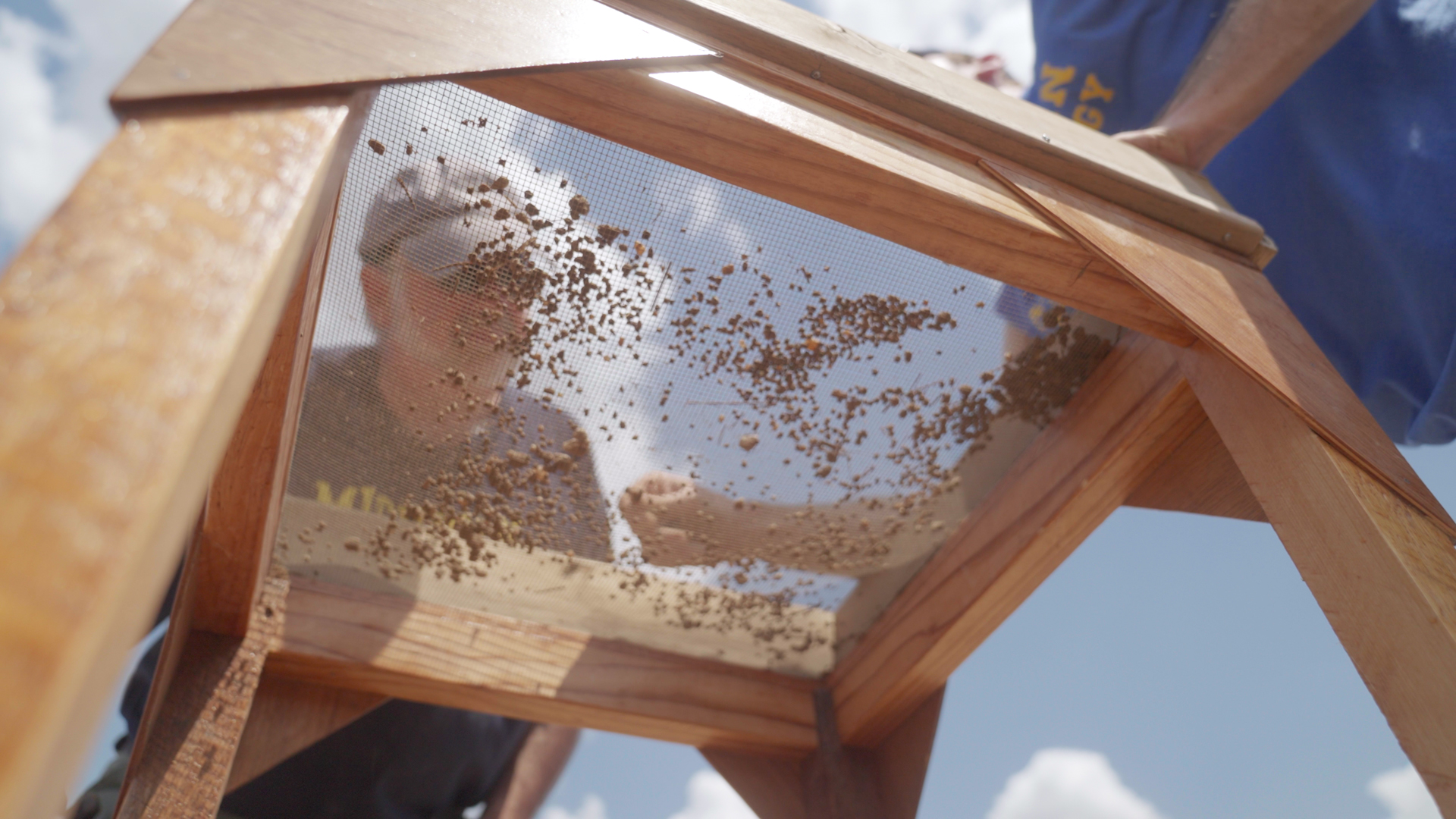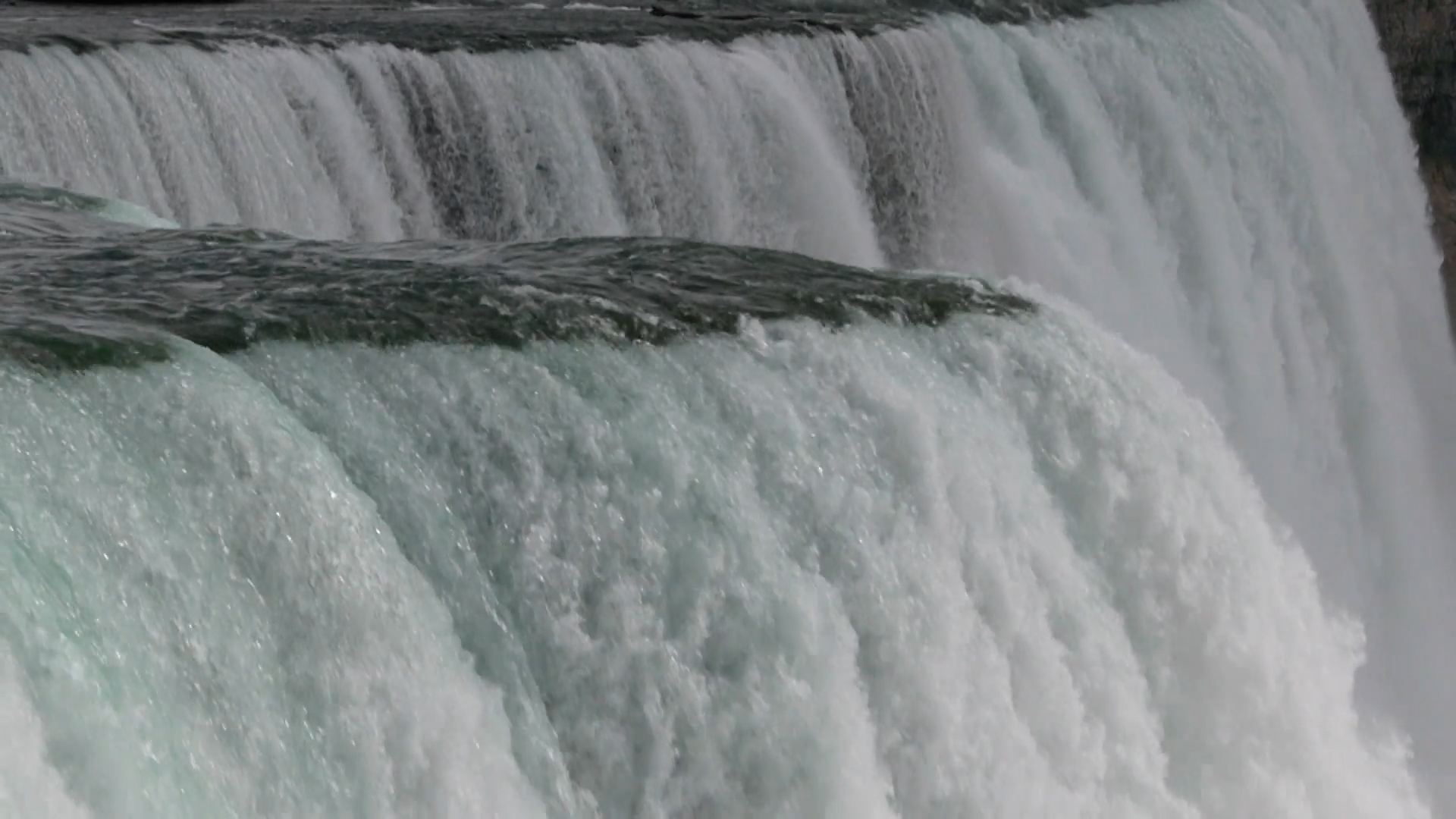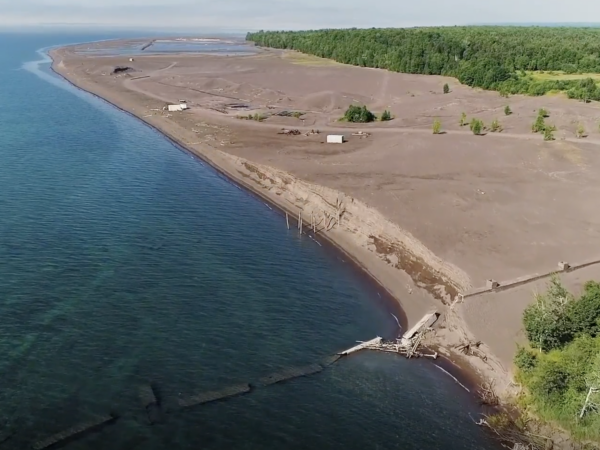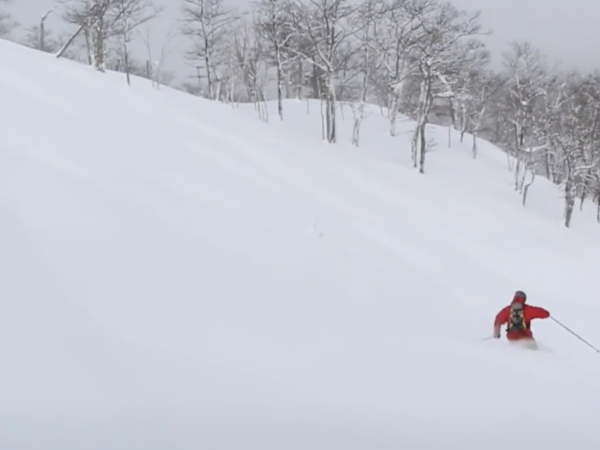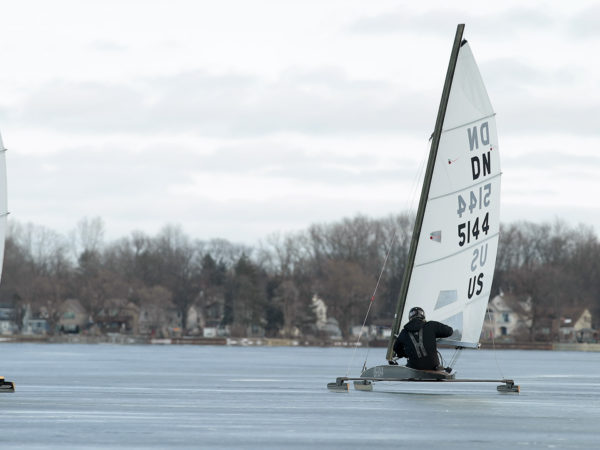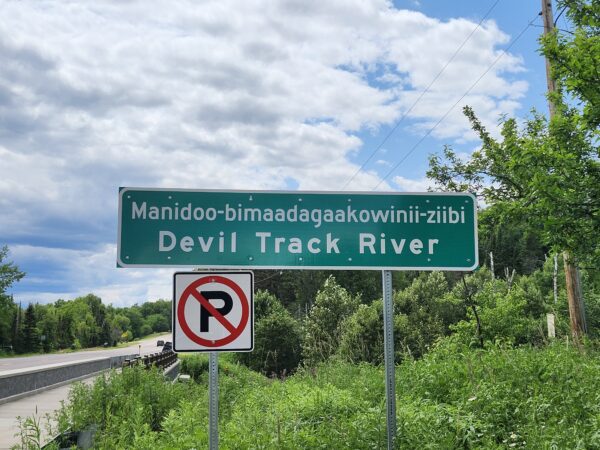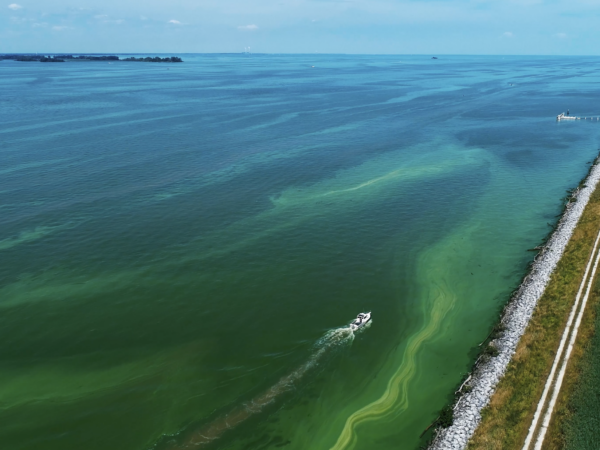IN THIS EPISODE:
In this episode of Great lakes Now, come along to an archeological dig site in southwest Michigan to uncover ancient artifacts, and then get an up close look at what goes into power generation along the Niagara River.
GREAT LAKES LEARNING:
Explore this month’s hands-on lesson plans designed to help your middle schoolers understand the Great Lakes — all at home or in the classroom. They’re aligned to education standards AND free to download.
Lesson Plans
Have a question about the Great Lakes or life in the region?
Ask Great Lakes Now, and if we can answer it, we might loop it into our coverage so others can learn too.
Submit Your Question
When to Watch?
Check your local station for when Great Lakes Now is on in your area.
Premieres on DPTV
Monday, January 29, at 7:30 PM
STATIONS CARRYING THE SERIES
DPTV
Detroit, Michigan
WEAO
Akron, Ohio
WNEO-TV
Alliance, Ohio
WCML-TV
Alpena, Michigan
WDCP-TV
Bad Axe, Michigan
BCTV
Bay County, Michigan
WBGU-TV
Bowling Green, Ohio
WNED-TV
Buffalo, New York
WCMV-TV
Cadillac, Michigan
WTTW-TV
Chicago, Illinois
WVIZ-TV
Cleveland, Ohio
WKAR-TV
East Lansing, Michigan
WQLN-TV
Erie, Pennsylvania
WCMZ-TV
Flint, Michigan
WGVU-TV
Grand Rapids, Michigan
WPNE-TV
Green Bay, Wisconsin
WGVK-TV
Kalamazoo, Michigan
WHLA-TV
La Crosse, Wisconsin
WHA-TV
Madison, Wisconsin
WNMU-TV
Marquette, Michigan
WHWC-TV
Menomonie-Eau Claire, Wisconsin
WMVS-TV
Milwaukee, Wisconsin
WCMU-TV
Mt. Pleasant, Michigan
WLEF-TV
Park Falls, Wisconsin
WNIT-TV
South Bend, Indiana
WCNY-TV
Syracuse, New York
WGTE-TV
Toledo, Ohio
WDCQ-TV
University Center, Michigan
WNPI-TV
Watertown, New York for Ontario signal
WPBS-TV
Watertown, New York for U.S. signal
WHRM-TV
Wausau, Wisconsin
Michigan Clovis Dig Site
SEGMENT 1 | Ann Arbor, Michigan; Kent, Ohio
Tom Talbot is a self-taught archeologist who discovered his passion when he was 11 years old.
“I had a friend whose father worked in soil conservation and he was out in the agricultural fields of the area on a daily basis,” Talbot said. “He would collect arrowheads and flint knives and stuff and bring them home. And I just thought that was fascinating.”
What young Tom found while exploring the fields around him in Southwest Michigan were pieces of rock, just little chips and flakes.
“I picked up like two arrow points and a couple of flint knives, some broken pieces,” he said. “That was thrilling to be able to actually go out and find a village site on my own.”
Talbot didn’t know it at the time, but he had stumbled upon a large ancient camp site occupied by Clovis people some 13,000 years ago. They were called Clovis people for the distinctive arrowheads they made out of rock. Not just any rock, but “chert”.
Chert is a sedimentary rock that was key to the existence of people who lived on this land during the Pleistocene era. The rock they worked with has two basic properties which make it useful for manufacturing stone tools: It breaks with a smooth fracture to form very sharp edges, and it’s very durable — perfect for making sharp tools and spear-points for hunting.
It was Talbot who approached the Archeology Department at the University of Michigan about this discovery in St. Joseph County. For the past four years, archeology professors from the university have been overseeing this dig site in Southwest Michigan called the Belson Site, named after the family that now owns the farmland.
“So we know the site was visited at least twice by Clovis groups,” said Brendan Nash, a doctoral student of archeology at the University of Michigan. “May have been as many as four or five. That’s a primary question we’re trying to answer out here.”
The work at the site is tedious, consisting of digging, scraping and then sifting under the hot sun.
“So what we’re looking for are the tiniest little flakes,” said Nash as he sifts through a pile of dirt carefully removed from the site. Those tiny flakes are evidence that the Clovis hunters were making their spear points on this spot.
Clovis culture has been studied in the Southwest and Southeastern United States for many years, but this is the first time evidence has been unearthed showing that Clovis people occupied parts of Michigan.
Everything gathered at the Belson Site is closely examined and cataloged at the Research Museum Center at the University of Michigan.
“So after we are in the field and we collect all of our data, they end up in bags with site name, dates, the unit, the elevation and essentially all the context from where it came from,” Nash said. “Tom determines what kind of stone it is. I determine a technologic category to put it in.”
The end result is a 3D map of the Belson Site.
“Each blue dot is a flake, each green dot is a C-14 sample to send off for radiocarbon. And our red dots are our formal tools,” said Nash as he points to the 3D map. “We see a strong cluster that we believe is a dugout heating feature. Maybe the first hearth — Clovis hearth — to ever be found. And we modeled this completely in three dimensions.”
Talbot says he’s in his element when he’s working alongside professors in the lab, despite his lack of a formal education. However, it’s working under the hot sun at the Belson Site that stirs up memories of how his life’s work began as a curious kid exploring his own neighborhood.
“I do remember standing on a sand hill looking over a marsh, and thinking that someday I would make a significant contribution to archeological history,” he said. “And that happened.”
Niagara Falls Hydropower
SEGMENT 2 | Lewiston, New York
Electricity powers our daily lives yet most of us have no idea where it comes from. As society shifts away from fossil fuels and toward renewable energy sources, hydro is expected to play a key role alongside solar and wind.
Power generating facilities on the American and Canadian banks of the Niagara River generate around 5 million kilowatts of electricity every day from the river’s force. Canadian facilities generate around 2.2 million kilowatts per day while on the American side, the Robert Moses and Lewiston plants make around 2.7 million kilowatts per day.
The plants could generate more power if they took more water from the river. However, an agreement between the two countries and the cities of Niagara Falls requires that a minimum of 100,000 gallons flow over the fall each day to maintain the tourism trade. At night, an additional fifty percent is diverted reducing the falls to just a quarter of their natural flow.
The New York Power Authority is the largest state public power organization in the United States. The Robert Moses and Lewiston Plants together produce enough energy to power 2.6 million homes. When the plants were completed in 1961, President John F. Kennedy called it “an example to the world of North American efficiency and determination.”
The Robert Moses and Lewiston plants are currently undergoing a 1.2 billion dollar modernization and digitization upgrade. Launched in 2019, the 15-year project will extend the operating life of the largest source of clean electricity in New York State. New York has mandated an aggressive goal of a zero-carbon emissions electrical sector by 2040 and the Niagara Power Authority will play an important role in achieving those goals.
Great Lakes Now visited the Robert Moses Power Plant which is the largest hydro generating facility East of the Mississippi. Join the film crew as they take a behind-the-scenes tour of the facility and learn how the force of moving water is converted into electricity.
The Catch: News about the Lakes You Love
SEGMENT 3 | Great lakes watershed
This segment – The Catch – in our award-winning PBS program will keep you in the know. This month, learn about how Wisconsin ratepayers will keep paying for coal plants even after they’ve closed, why Chicago is an exception to a proposed EPA rule about lead pipes, and an excerpt from our environmental justice series, “Waves of Change,” featuring Huda Alkaff, founder of Wisconsin Green Muslims.
First we head to Wisconsin, where several coal plants have announced plans to shut down. But ratepayers are still saddled with the cost. Kari Lydersen reported on the story for Energy News Network. According to state law, utility companies are allowed to keep making money from coal plants, even after they’ve ceased operation. “Ratepayers will still be stuck paying the costs for those coal plants in the hundreds of millions of dollars basically until they’re paid off,” said Lydersen
Next, in November of 2023, the EPA proposed new rules that would remove lead pipes from America’s drinking water infrastructure over the next decade. But with more lead pipes than any other city, Chicago is a notable exception. Siri Chilukuri covered the story for Grist. “There are 400,000 pipelines, and that would mean that the city would have to replace 40,000 led pipelines a year to meet that goal,” said Chilukuri.
Lastly, an excerpt from GLN’s digital series, “Waves of Change,” which highlights conversations with a variety of people engaged in environmental justice throughout the Great Lakes. This month, a conversation with Huda Alkaff, an ecologist and the founder and director of Wisconsin Green Muslims. The group’s work touches a variety of climate issues. “We do education around solar assessment and consultations, and we connect with 19 different faith traditions and spiritualities around that,” said Alkaff. Wisconsin Green Muslims also runs an initiative around rainwater harvesting. Alkaff said, “Both are interfaith initiatives and both really celebrate the sacredness of water and light.”
Featured Articles
Digital Credits
The Great Lakes Now Series is produced by Rob Green and Anna Sysling.


